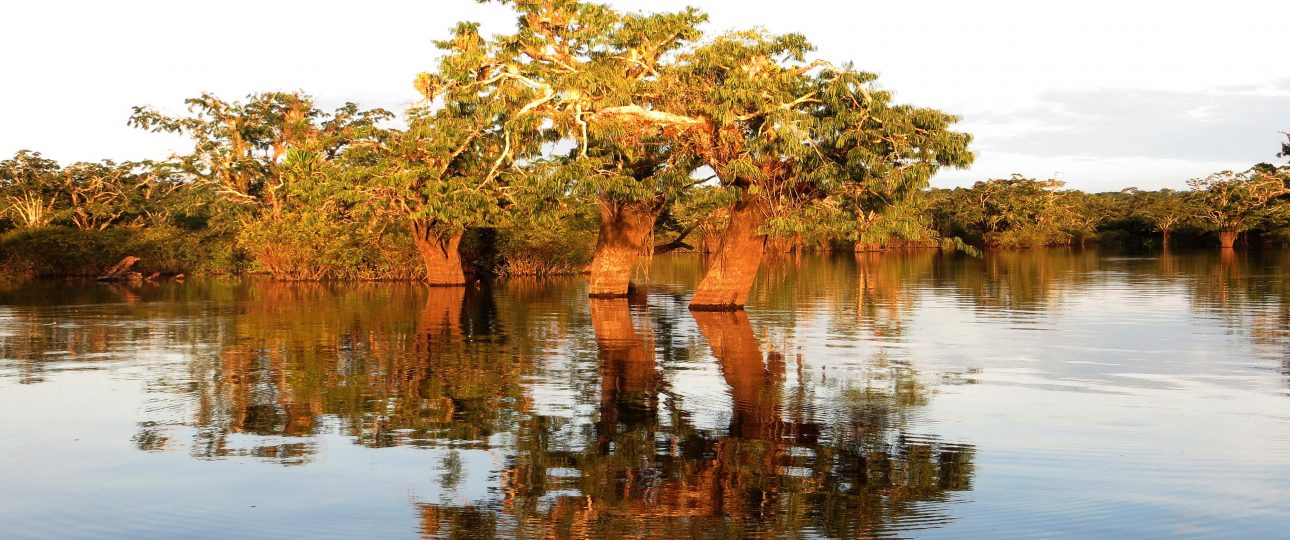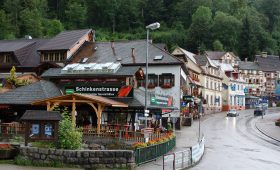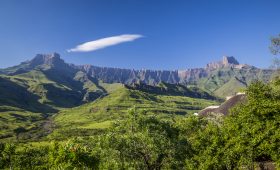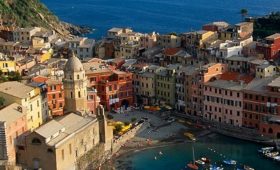Exploring Cuyabeno Wildlife Reserve: Ecuador’s Biodiversity Hotspot
If you’re passionate about nature and adventure, the Cuyabeno Wildlife Reserve in northeastern Ecuador offers an unparalleled experience. This vast reserve, covering over 600,000 hectares, is one of the largest protected areas in the country and a prime example of the Amazon Rainforest ecosystem. Here’s what you need to know to plan your visit.
Why Visit Cuyabeno Wildlife Reserve?
Cuyabeno is renowned for its incredible biodiversity. It boasts over 550 bird species, 12,000 plant species, and a wide array of mammals, reptiles, and insects. The reserve is home to unique flooded forests, especially during the rainy season, which create a vibrant habitat for wildlife. Notable residents include monkeys, jaguars, tapirs, and the elusive pink dolphin.
The reserve is also home to indigenous communities such as the Siona, Secoya, and Cofan. These communities have adapted to modern ecotourism while preserving their traditional ways of life. Visiting them provides a unique cultural insight into their rich heritage.
When to Visit
The climate in Cuyabeno is typical of a wet tropical rainforest, with high humidity levels ranging from 85% to 95%. The dry season, from December to March, is ideal for exploring trails and waterways with less rainfall. However, birdwatchers might prefer the rainy season from April to July, when migratory birds are abundant.
Getting There
Reaching Cuyabeno is an adventure. Start from Quito, Ecuador’s capital, and fly to Lago Agrio. Alternatively, take a public bus or shuttle van for a longer journey. From Lago Agrio, lodges typically arrange transportation to the reserve, involving a combination of land travel and a motorized canoe ride along the Cuyabeno River.
Getting Around
Within the reserve, transportation is exclusively by motorized canoe, provided by local communities. This method allows you to navigate the intricate network of rivers and lakes, offering close encounters with the region’s diverse flora and fauna. Be prepared for a lack of roads and modern infrastructure, which contributes to the area’s pristine condition.
What to See
The Cuyabeno Lagoon is the most visited area, accessible via the Cuyabeno River. From Laguna Grande, the largest of the 14 lagoons, you can explore smaller lagoons like Caimancocha and Mateococha. Trails such as Palma Roja and Saladero de dantas offer further exploration opportunities.
For a more remote experience, visit Lagartococha, which marks the border with Peru. This area is rich in wildlife, especially birds and monkeys. Zancudococha, the largest lagoon in the Ecuadorian Amazon, is another highlight, located near the Kichwa de Zancudo community.
While the reserve offers a remarkable natural experience, be prepared for the challenges of a remote location. Bring essential supplies, and be ready for an immersive adventure in one of the world’s most biodiverse regions.




